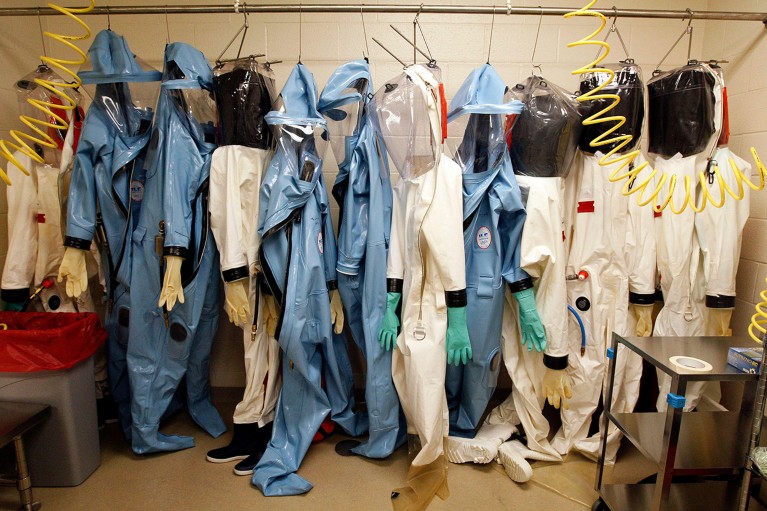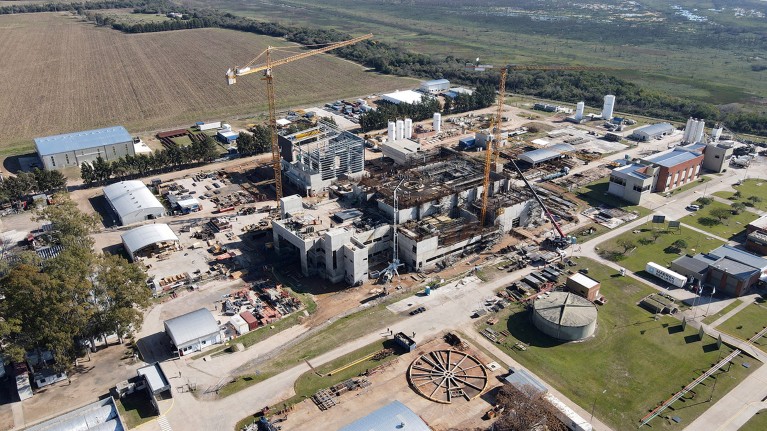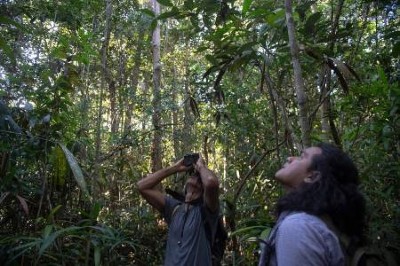[ad_1]

Los envíos mundiales de teléfonos inteligentes aumentaron un cuatro por ciento interanual en 2024, según un informe de una empresa de investigación de mercado. Samsung ocupó el primer lugar en términos de participación de mercado, seguido de Apple y Xiaomi. Este es el primer crecimiento interanual del mercado después de “dos años consecutivos de caídas anuales”, añade el informe. Este crecimiento se debe a una mejora en la confianza del consumidor en comparación con años anteriores debido a la mejora de la economía en general. Vale la pena señalar que las ventas mundiales de teléfonos inteligentes en 2023 fueron las más bajas en una década.
Los modelos de la serie Samsung Galaxy S24 superan a los modelos más antiguos en 2024
Según la investigación de Counterpoint un informe Según los resultados preliminares de Market Pulse de Counterpoint Research, los envíos mundiales de teléfonos inteligentes crecieron un 4 por ciento en 2024 en comparación con las cifras de 2023, el director de investigación, Tarun Pathak, dijo que los mercados de teléfonos inteligentes en 2024 experimentaron una recuperación y un regreso a la normalidad, “con presiones macroeconómicas aliviadas”.
El mercado comenzó a mostrar signos de recuperación en el cuarto trimestre de 2023, según Pathak, y siguió creciendo durante cinco trimestres consecutivos. Agregó que casi todos los mercados mostraron crecimiento, liderados por Europa, China y América Latina.
Samsung ocupó el primer lugar con una participación de mercado del 19 por ciento, impulsada por la “fuerte demanda” de sus teléfonos inteligentes Galaxy S24 y de la serie A, según la empresa de investigación de mercado. Los modelos de la serie Galaxy S24, anunciados como los primeros teléfonos inteligentes con inteligencia artificial de la compañía, superaron a los modelos más antiguos y fueron “particularmente bien recibidos” en Europa Occidental y Estados Unidos.
Apple ocupó el segundo lugar con una cuota de mercado del 18 por ciento. La serie iPhone 16 recibió comentarios mixtos, en parte “debido a la falta de Apple Intelligence disponible en el lanzamiento”. Sin embargo, la empresa siguió creciendo bien en “mercados secundarios como América Latina, África, Asia Pacífico, etc.” En mercados como China, la demanda de los modelos Pro y Pro Max de Apple está “aumentando”, señaló Evan Lam, analista senior de Counterpoint Research.
Con una participación de mercado del 14 por ciento, Xiaomi quedó en tercer lugar, pero fue la marca de más rápido crecimiento entre los cinco principales fabricantes de equipos originales en 2024, que incluían a Vivo y Oppo, con una participación de mercado del ocho por ciento cada uno.
Aunque las cinco marcas principales se mantuvieron iguales en 2023, en conjunto perdieron parte debido a la “feroz competencia de Huawei, Honor y Motorola”, según la firma de investigación. Se dice que este último es el OEM de más rápido crecimiento entre las 10 marcas. . “La primera.” Del año.
El informe agregó que 2024 llevó GenAI a los teléfonos inteligentes premium y, para 2028, se espera que nueve de cada diez teléfonos inteligentes con un precio superior a $ 250 (aproximadamente Rs. 21,700) sean compatibles con GenAI.
Es poco probable que los volúmenes de teléfonos inteligentes alcancen los niveles máximos observados en la época anterior al coronavirus, pero en 2025, se espera que el crecimiento de los ingresos continúe superando el crecimiento del volumen, con un crecimiento interanual del 8 por ciento, en comparación con un crecimiento del volumen del 10 por ciento. 4 por ciento.
[ad_2]
Source Article Link

























